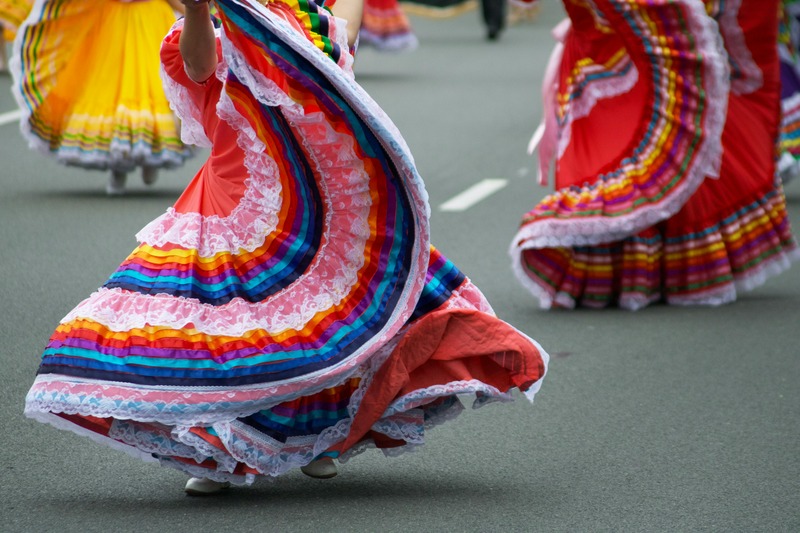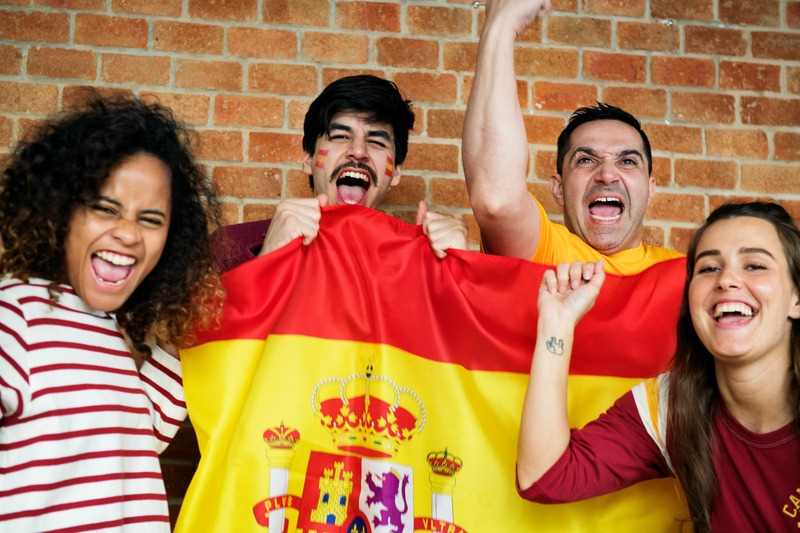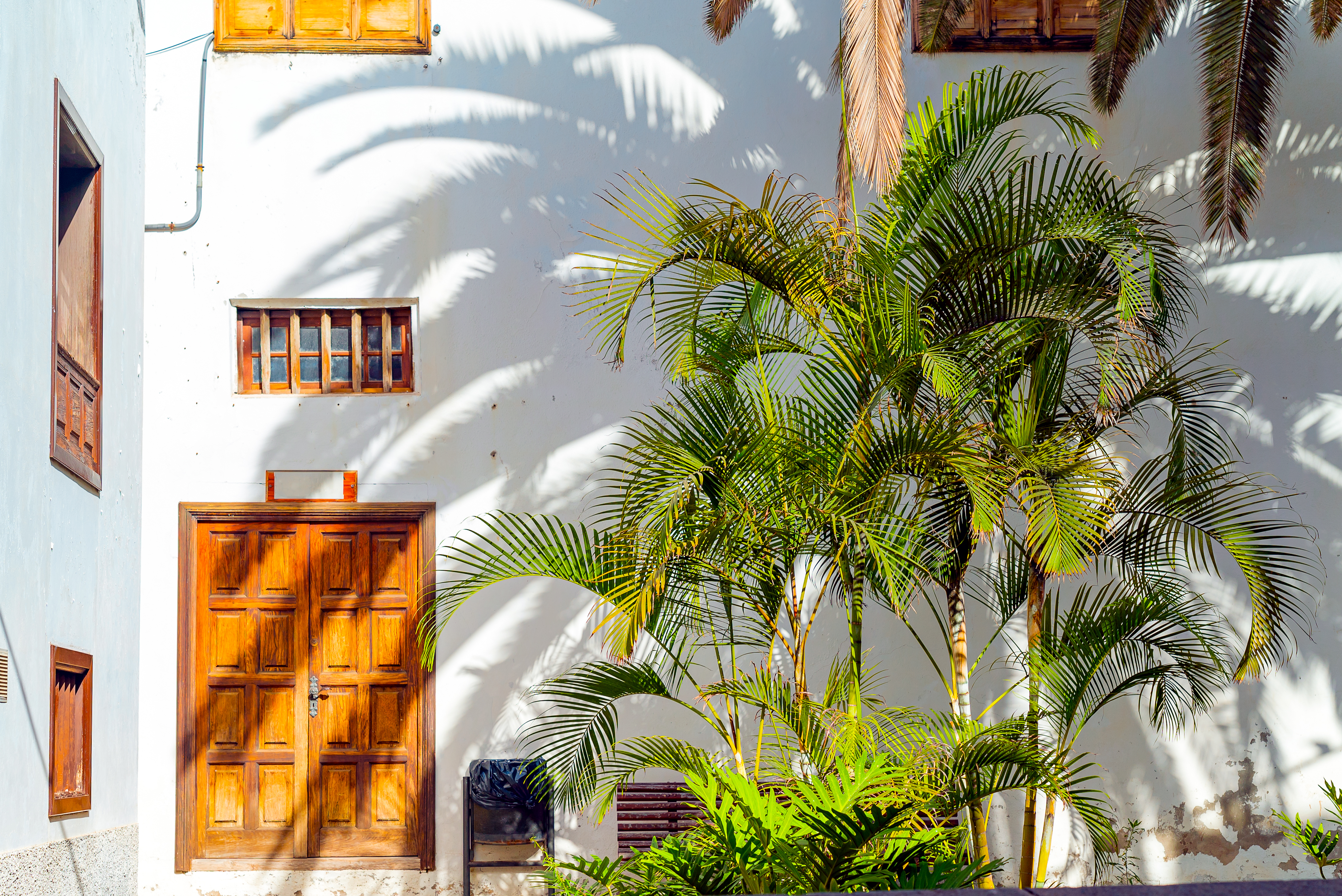For those who have already made the move, or for sophisticated travelers seeking more than a superficial holiday, the true richness of the Costa Blanca lies in deep cultural immersion. This means moving beyond the tourist trail and engaging with the region on its own terms. It involves exploring the nuances of its gastronomy, participating in its vibrant fiestas, and discovering the untamed beauty of its natural landscapes. This guide provides the content pillars for an immersive journey into "living like a local," offering experiences that are authentic, memorable, and deeply connected to the soul of the region.
A Gastronomic Journey: Tasting the Real Costa Blanca
To truly understand the Costa Blanca is to taste it. The region's gastronomy is a rich and complex tapestry woven from the bounty of the Mediterranean Sea, the rugged produce of its mountainous interior, and the layered influences of centuries of history. A culinary journey here is not just about paella on the beach; it is an exploration that ranges from the humble, vibrant stalls of a local market to the hallowed halls of world-class, Michelin-starred restaurants.
Iconic Local Products
The identity of the cuisine is defined by its core ingredients:
- The Dénia Red Shrimp (gamba roja): Perhaps the most celebrated local delicacy, prized for its intense flavor and served with reverent simplicity.
- Jijona Turrón: A world-famous soft almond nougat that holds a protected geographical indication, representing the region's rich agricultural heritage.
- Local Wines: The vineyards of the Jalon Valley produce excellent Moscatel and other varietals that pair perfectly with the local food.
Traditional Recipes: Sea vs. Mountain
The heart of the cuisine lies in its traditional recipes, which tell the story of the land and its people.
From the Coast:
- Arroz a Banda: Rice cooked in a rich fish broth.
- Llauna de Calp: A baked stew of fish, potatoes, and tomatoes.
- Cocas: A savory flatbread or pastry topped with ingredients like tomato, tuna, or local vegetables.
From the Interior:
- Olleta Alcoyana: A hearty stew from the Alcoy area made with beans, pork, sausage, and vegetables—a true taste of the mountains.
The Dining Experience
The experience itself is a crucial part of the culture, spanning a wide spectrum:
- Casual Dining: Sun-drenched chiringuitos (beach bars) and lively tapas bars where locals gather.
- Fine Dining: Elegant establishments offering innovative takes on tradition.
- "Ibiza-Style" Venues: Stylish restaurants like Cala Clemence, perched on cliffs where the sea view is as important as the food.
- Cultural Events: Organized gastronomic routes and dedicated food festivals, such as the prestigious D*NA Gastronomic Festival in Dénia.
The Fiesta Calendar: A Year of Fire, Flowers, and Festivity

To truly connect with the cultural heartbeat of the Costa Blanca is to immerse oneself in its fiestas. These are not mere tourist events; they are spectacular, deeply rooted, and community-driven celebrations that punctuate the calendar with explosions of color, music, fire, and pageantry.
Signature Festivals
- Fallas of Dénia (March): A UNESCO Intangible Cultural Heritage event where enormous, satirical monuments (fallas) are built and then spectacularly burned on the Nit de la Cremà.
- Hogueras de San Juan (June): A celebration of the summer solstice, especially prominent in Jávea and Alicante. It culminates in the Nit dels Focs (Night of Fires), with locals leaping over bonfires, and the burning of large monuments.
- Moors and Christians (July): Lavish historical reenactments of medieval battles, famous in towns like Jávea and Moraira. The highlights are the spectacular parades with ornate costumes and rousing music.
- Fiestas de la Virgen del Carmen (July): Honoring the patron saint of sailors, these celebrations feature beautiful maritime processions where the Virgin's statue is paraded along the coast by a flotilla of boats.
The Ultimate 2025 Costa Blanca Fiesta Calendar
- January: Three Kings' Procession / San Antonio Abad -- All towns / Jávea --Parades with the Three Kings bringing gifts to children (Jan 5). Blessing of animals and bonfires for San Antonio (mid-Jan).
- February: Carnival -- Jávea, Dénia -- Colorful fancy-dress parades for children and adults, street parties before the start of Lent.
- March: Fallas -- Dénia -- Spectacular monuments (fallas) built and then burned, daily firecracker displays (mascletàs), parades, flower offerings. Grand finale is the Cremà on March 19.
- April: Semana Santa (Holy Week) / Fiestas de Jesús Nazareno -- All towns / Jávea -- Religious processions throughout Holy Week. The Jesús Nazareno fiesta in Jávea features bull running, parades, and flower crosses (late Apr-early May).
- May: Cruces de Mayo / La Subida -- Jávea -- Contests for the most beautiful flower crosses decorating the streets. Procession for the ascent of Jesús Nazareno back to his chapel (May 3).
- June: Hogueras de San Juan -- Jávea, Alicante -- Major festival with bonfires, fire-leaping (Nit dels Focs), burning of large monuments (Cremà), parades, and music, celebrating the summer solstice.
- July: Moors and Christians / Fiestas de la Virgen del Carmen -- Jávea, Moraira, Calpe, Dénia -- Historical reenactments with spectacular parades and costumes. Maritime processions honoring the patron saint of sailors.
- August: Fiestas Patronales de la Virgen de las Nieves -- Calpe -- Patron saint festival with parades, music, fireworks, and traditional events, typically in the first half of August.
- September: Fiesta de la Mare de Déu de Loreto -- Jávea -- Major port-side festival featuring "Bous a la Mar" (bulls to the sea), parades, and a spectacular aquatic firework display.
- October: Día de la Comunidad Valenciana -- All towns -- Regional holiday on Oct 9 celebrating Valencian identity, often with cultural events and parades.
- November: Santa Cecilia -- Jávea -- Festival honoring the patron saint of musicians, featuring concerts and performances by local music groups.
- December: Christmas & New Year's Eve -- All towns -- Christmas markets, nativity scenes, and New Year's Eve celebrations in the main town squares.
Adventures Beyond the Shoreline: Exploring the Wild Coast
While the sandy beaches are a primary draw, the region's true natural treasures lie in its rugged mountains, dramatic cliffs, and secluded coves. This is the "wild coast," offering a powerful antidote to the crowds and a chance to connect with the raw beauty of the Mediterranean.
World-Class Hiking
The limestone mountains provide a network of well-signposted trails for all abilities.
- Els Arcs: A memorable route near Castell de Castells leading to two magnificent natural limestone arches.
- Peñón de Ifach: The challenging ascent of Calpe's iconic rock, rewarding climbers with unparalleled panoramic views.
- Serra Bèrnia: A spectacular circuit trail that passes through a natural rock tunnel with incredible vistas.
- Montgó Massif: Less strenuous walks between Dénia and Jávea showcasing the region's unique flora and fauna.
Hidden Coves (Calas) & Coastal Exploration
Hidden between the cliffs are numerous coves that offer a more intimate beach experience.
- Cala del Moraig: A paradise for snorkelers and divers with its stunning sea cave.
- Cala Ambolo & Cala Granadella: Jewels of the Jávea coast with crystal-clear turquoise waters, perfect for kayaking and paddleboarding.
- Cala Pinets: A peaceful, family-friendly cove in Benissa with shallow, calm waters.
A Culture of Water Sports
The region, particularly hubs like Jávea, offers a comprehensive array of activities for all skill levels, from sailing and jet-skiing to scuba diving and the latest trend of E-Foiling. Operators like Siesta Advisor make it easy for beginners and families to participate.
A Call for Responsible Adventure
The increasing popularity of these "hidden gems" brings a crucial responsibility. The natural environment is precious and fragile, as highlighted by incidents of environmental degradation and the impact of forest fires. This creates a clear imperative to promote not just exploration, but responsible adventure. Guiding visitors on how to respect local regulations, practice "Leave the place better than you found it" principles, and contribute to conservation is essential for ensuring these beautiful places survive for future generations.





